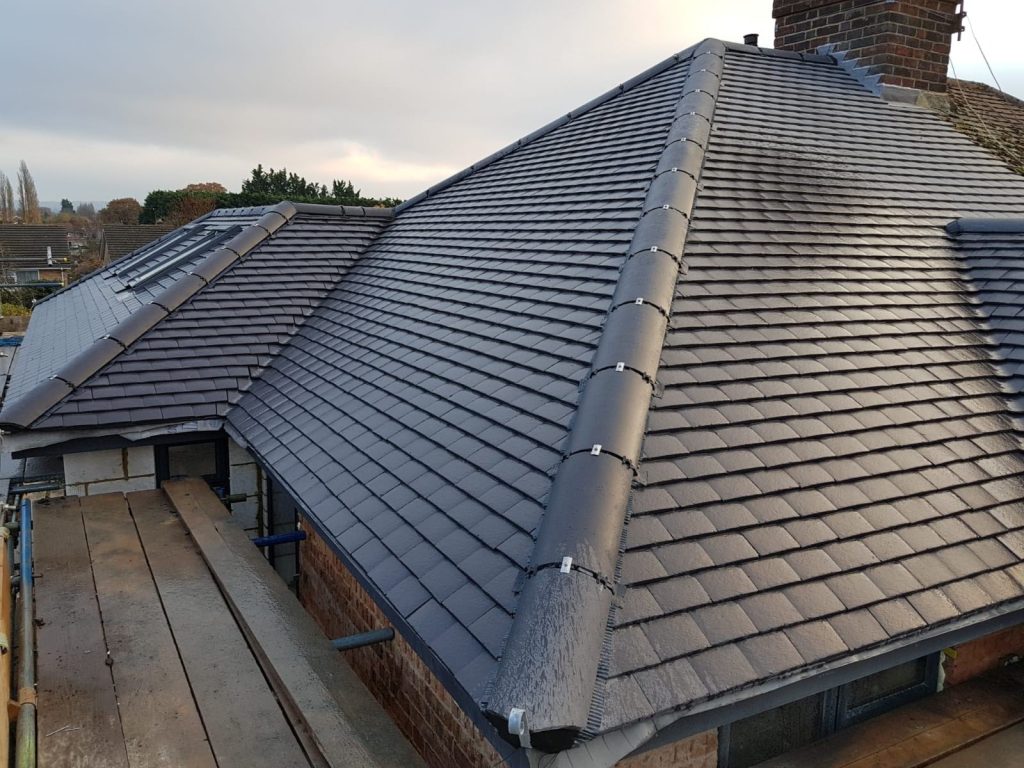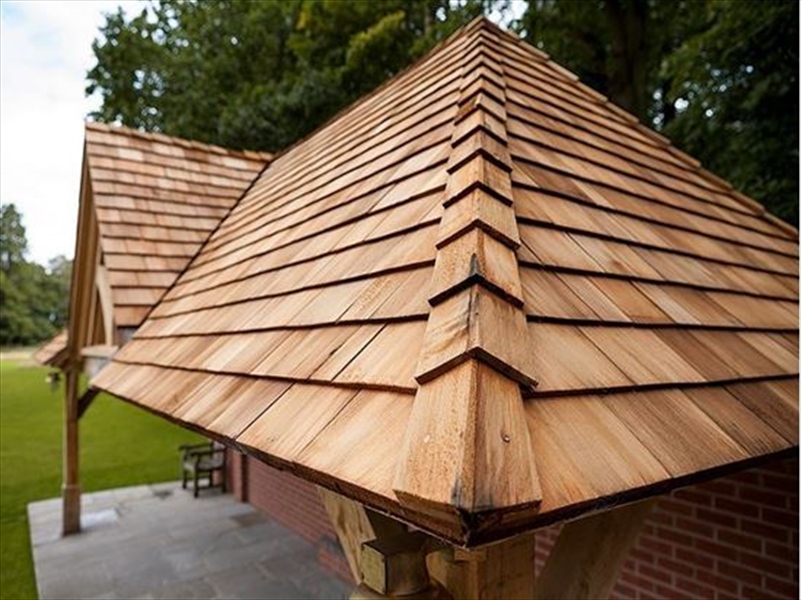A roof over your head is more than just a shelter; it’s a vital part of your home’s structure that ensures safety, comfort, and peace of mind. But what happens when the very thing that protects you needs protection? If you’re a homeowner considering a new roof, you’ve come to the right place. In this blog post, we’ll explore everything you need to know about budgeting for a new roof, from understanding costs to choosing the right materials and contractors. Whether you’re looking for a quick roofing fix or planning a complete overhaul, this guide is tailored to help you make informed decisions without breaking the bank.

Decoding the Cost of a New Roof
One of the first questions homeowners ask is, “How much will a new roof cost?” The answer isn’t straightforward, as several factors can influence the final bill. On average, a new roof in the UK can set you back anywhere from £5,000 to £8,000, but this figure can vary significantly based on the materials used, the size of your home, and the complexity of the roof’s design.
Material choice plays a significant role in cost variation. Traditional asphalt shingles tend to be more affordable, while slate or metal roofs can be more expensive but offer longevity that might justify the initial investment. Additionally, labour costs in your area and any necessary structural repairs to your existing roof system can also impact the overall price.
Case studies reveal striking differences in costs. For example, a semi-detached house in London with a tiled roof might cost around £7,500, while a similar project in a rural area might be closer to £5,500. Understanding these nuances will help you prepare a realistic budget for your roofing project.

Considering Different Materials
Choosing the right material for your new roof is key. It needs to be functional, durable, and, let’s face it, aesthetically pleasing. Asphalt shingles are a popular choice for many UK homeowners due to their affordability and ease of installation. However, they might not offer the longevity you crave. If durability is your priority, bitumen roofing might be an appealing option. It’s robust and provides excellent waterproofing, making it suitable for the UK’s unpredictable weather.
If style is your game, clay or concrete tiles can add that timeless elegance to your home. These materials are known for their longevity and ability to withstand harsh weather conditions. Cedar shingles, on the other hand, bring a rustic charm while offering good insulation properties. Although more expensive, they can significantly enhance your home’s curb appeal.
Lastly, metal roofs are increasingly gaining popularity. They are lightweight, long-lasting, and resistant to fire and wind. While the initial investment might be higher, the extended lifespan and energy efficiency can offset the cost over time. Weighing these options carefully will help you make an informed decision that aligns with your budget and style preferences.
If the longevity is a key deciding factor for you, we have a blog that goes into further detail on the longevity of different roofing materials here.
Financing Options
Now that you have a clearer picture of the costs and materials, it’s time to explore how you can finance this essential home improvement project. Fortunately, homeowners have several options at their disposal. Personal savings might be the simplest route if you’ve been diligently setting aside funds. This method avoids interest payments, leaving your roof as the sole expense.
Home equity loans are another viable option. They allow you to borrow against the equity in your home, often providing lower interest rates compared to personal loans. However, tread carefully—defaulting on payments could put your home at risk. Some roofing companies offer financing plans that come with varying interest rates and terms. While convenient, ensure that you read the fine print to avoid unforeseen charges.
Each financing option has its pros and cons, and your choice should align with your financial situation and comfort level. It’s always prudent to consult with a financial advisor to weigh your options and find the best fit for your needs.
Hiring a Roofer
The next step is finding a reputable roofer. Choosing the right contractor can spell the difference between a successful project and a financial nightmare. Start by seeking recommendations from friends or neighbours who’ve recently had work done. Word-of-mouth referrals can provide honest insights into a contractor’s reliability and workmanship.
Ensure that the contractor you choose is licensed and insured. This protects you against liability for any accidents that occur during the project. Warranties on both materials and workmanship are also essential. A reliable contractor should confidently offer guarantees, assuring you of quality service. Don’t shy away from asking questions or requesting references. Doing your due diligence can save you from costly repairs down the line.
Conduct interviews with multiple roofers, comparing their quotes and services. Remember, the cheapest option isn’t always the best. Look for a balance of value and experience to ensure a stress-free roofing experience.

Conclusion
In summary, budgeting for a new roof involves understanding the costs, selecting the right materials, exploring financing options, and hiring a trustworthy contractor. It’s an investment in your home’s longevity and value. By planning carefully and starting early, you can ensure a successful and financially manageable roofing project.
We encourage you to share your experiences or ask questions in the comments below. Starting a conversation benefits everyone, offering new insights and solutions. Ready to take the first step? Get in touch with local roofers today to begin your roofing adventure!
For inspiration and updates on offers, follow our Facebook and Instagram!

